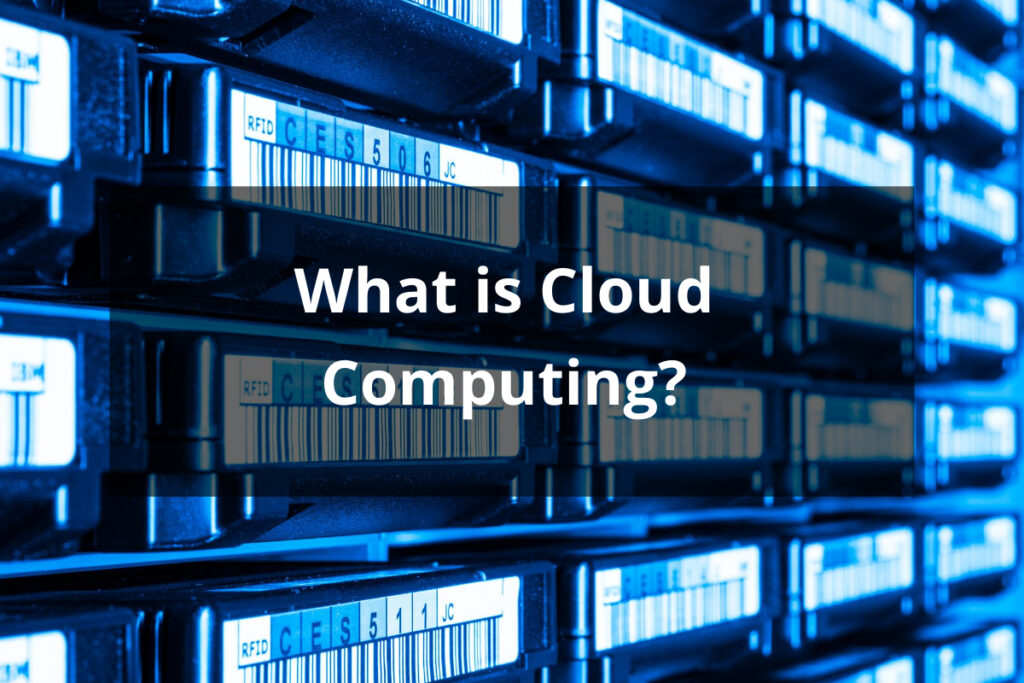Cloud computing is an innovative technology that enables businesses and individuals to access computing resources such as software, hardware, and information storage. It enables users to use these resources over the internet instead of storing files on their local machines. This is a revolutionary concept that has revolutionized the way we do business today.
What is Cloud Computing?
Cloud computing is a type of web-based computing that provides shared computer processing resources and data to computers and other devices on demand. It is a model for enabling ubiquitous, convenient, on-demand access to a shared pool of configurable computing resources that can be rapidly provisioned with minimal management effort or service provider interaction.
Cloud computing relies on sharing of resources to achieve economies of scale. It leverages the economies of scale of having multiple customers share expensive resources rather than providing them individually for each customer.
The underlying cloud infrastructure is managed by a cloud provider, which could range from large companies like Amazon or Google to small companies like Digital Ocean or Linode. In addition, cloud computing also provides the ability to scale quickly and easily as demand increases or decreases.

Advantages and Benefits of Cloud Computing
Here are some of the advantages and benefits of cloud computing:
- Scalability, allowing users to adjust resources based on their needs quickly: This eliminates the need for expensive investments in hardware and software, as additional capacity can be added as needed. It also helps reduce capital expenditures since users don’t have to purchase their own hardware or software licenses upfront.
- Cost savings potential due to lower operational costs and reduced reliance on expensive IT staff for maintenance and troubleshooting: Cloud computing makes it easier for businesses to save money by reducing their reliance on costly IT infrastructure setups that would otherwise be required for traditional IT setups.
- Accessibility from anywhere using any device with an internet connection: This eliminates the need for costly in-house IT infrastructure setups that would otherwise be required for traditional IT setups, allowing users to access data from anywhere with an internet connection.
- Business agility: Cloud computing can help businesses become more agile by allowing them to respond quickly to changing market conditions without having to worry about costly investments in hardware and software.
Types of Cloud Computing
Cloud computing can be divided into three main types:
- Infrastructure as a Service (IaaS): Involves renting virtualized physical servers through which customers can access storage, networks, systems administration, databases and other services over the internet.
- Platform as a Service (PaaS): Provides users with an environment for building applications without having to manage the underlying infrastructure, such as servers and databases themselves.
- Software as a Service (SaaS): Offers customers access to applications over the internet without having to install them locally on their machines.
All three types offer users the ability to access their data from anywhere with an internet connection while reducing costs associated with hardware purchases and maintenance.
Conclusion
Cloud computing offers businesses tremendous advantages over traditional IT setups in terms of cost savings potential, scalability, and convenience. While every organization’s needs are different when it comes to cloud computing services, understanding what it is, as well as its various types (IaaS, PaaS & SaaS), should allow organizations to make informed decisions about how they can best leverage this technology for their specific needs.
References: About Cloud Computing.
